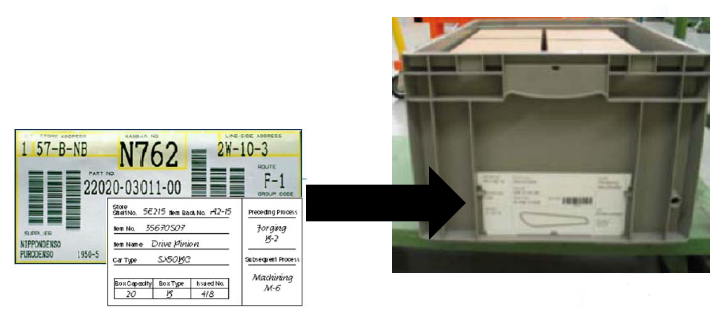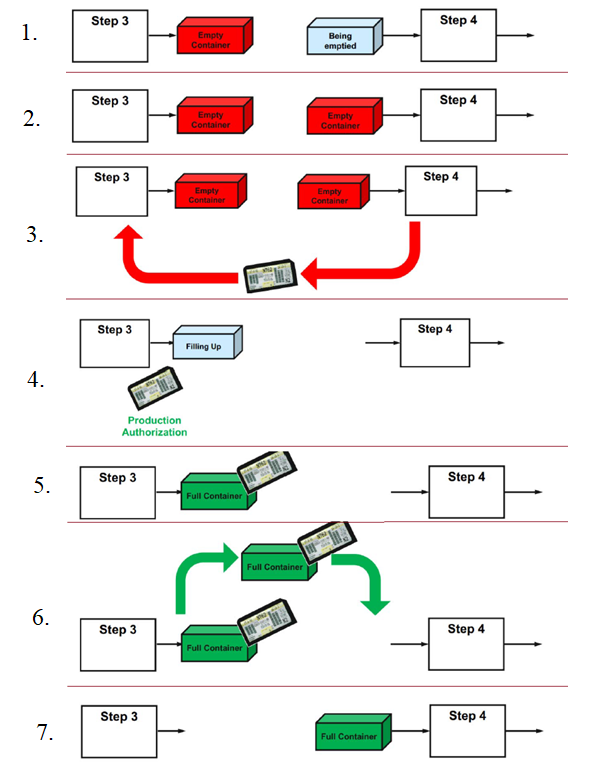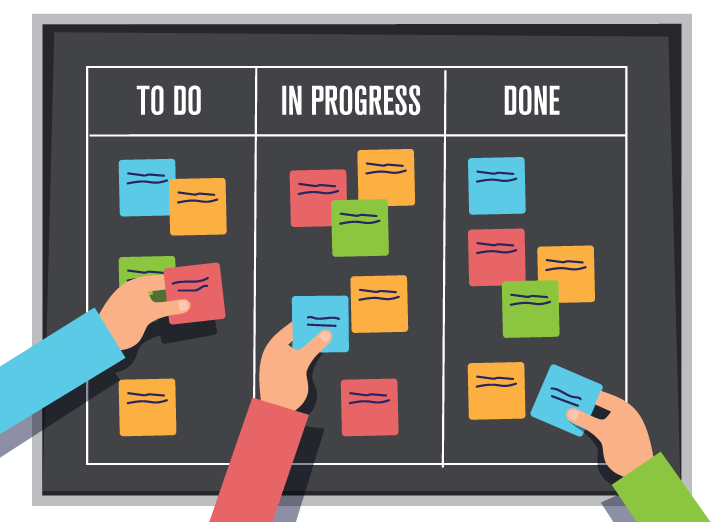Lean manufacturing makes use of various lean tools for improvement in production effectiveness and efficiency. The main goal of such an approach is to get the maximum output by making use of less time, less effort and fewer resources, that is, to create a Lean process. Continual improvement is an important part of every operation and the same can be achieved by applying the lean tools. Some of the commonly used Lean tools in manufacturing are as follows:
- Kaizen
- Poka-Yoke
- Jidoka
- Gemba
- Kanban
- Single Minute Exchange of Die (SMED)
- Total Productive Maintenance (TPM)
- Overall Equipment Effectiveness (OEE)
In continuation our series, this article discuss about Kanban in detail:
KANBAN
Kanban is a Japanese term meaning ‘sign’ or ‘signboard’. It refers to a signalling device which is used for authorizing and instructing for production or conveyance of the items in the Pull system. Kanban card is widely used for Kanban which are slip cards in vinyl envelopes having information about the product name, product number, internal/external supplier, quantity, storage address and consuming process address. A bar code on the Kanban card can be used for tracking process or for automatic invoicing.

Fig. Kanban card
In a Kanban system, when the parts are taken out of the inventory then the receiving workstation transmits a signal to the sending workstation to replenish the stock via posting of the Kanban card of the product withdrawn from the stock. The sending workstation can then produce the missing or required parts from its supplier workstations. Material flow in Kanban system is shown as follows:

Fig. Control of material flow in Kanban system
Kanban can be Dual Card Kanbans, Single Kanbans, Emergency Kanbans, Capacity Kanbans, SMART Kanbans, etc. which can be used depending upon the requirement. Kanban is a Pull system approach, that is, production is based on the customer demand. It is useful in minimising the wasteful activities leading to increased productivity of value-added products and services.

.png
)
